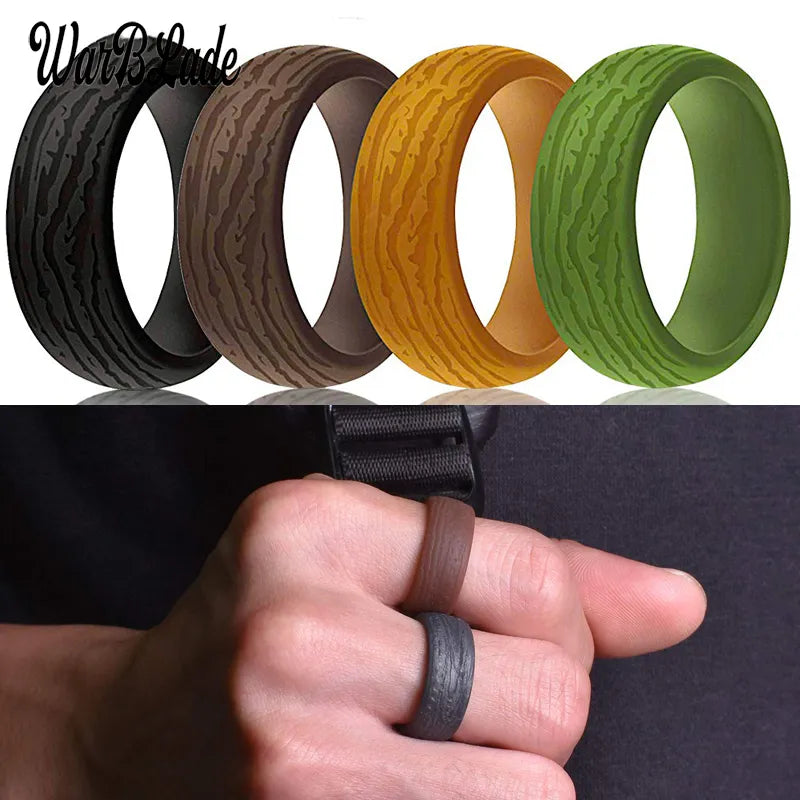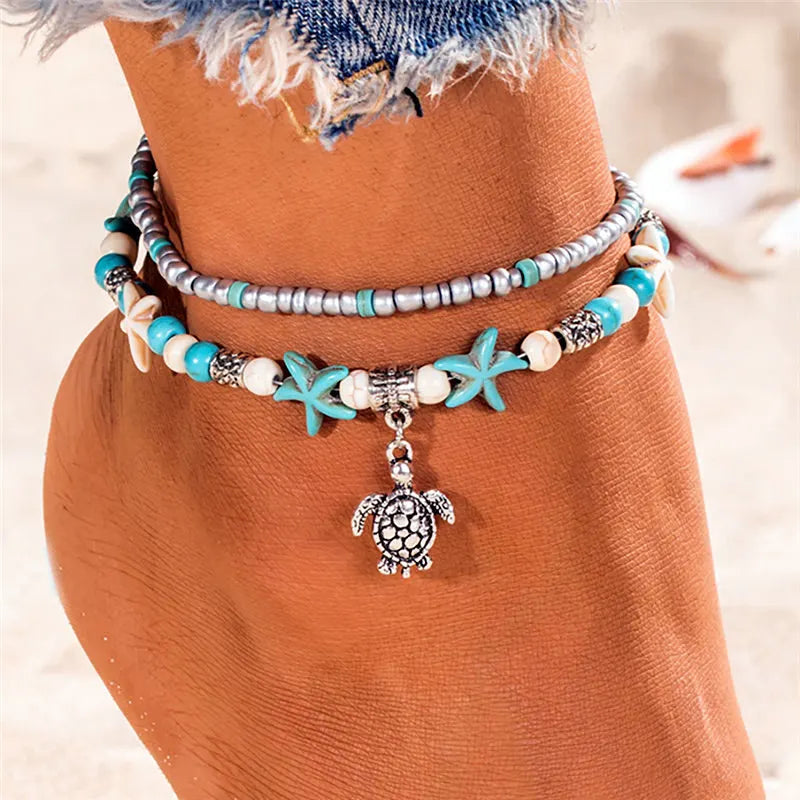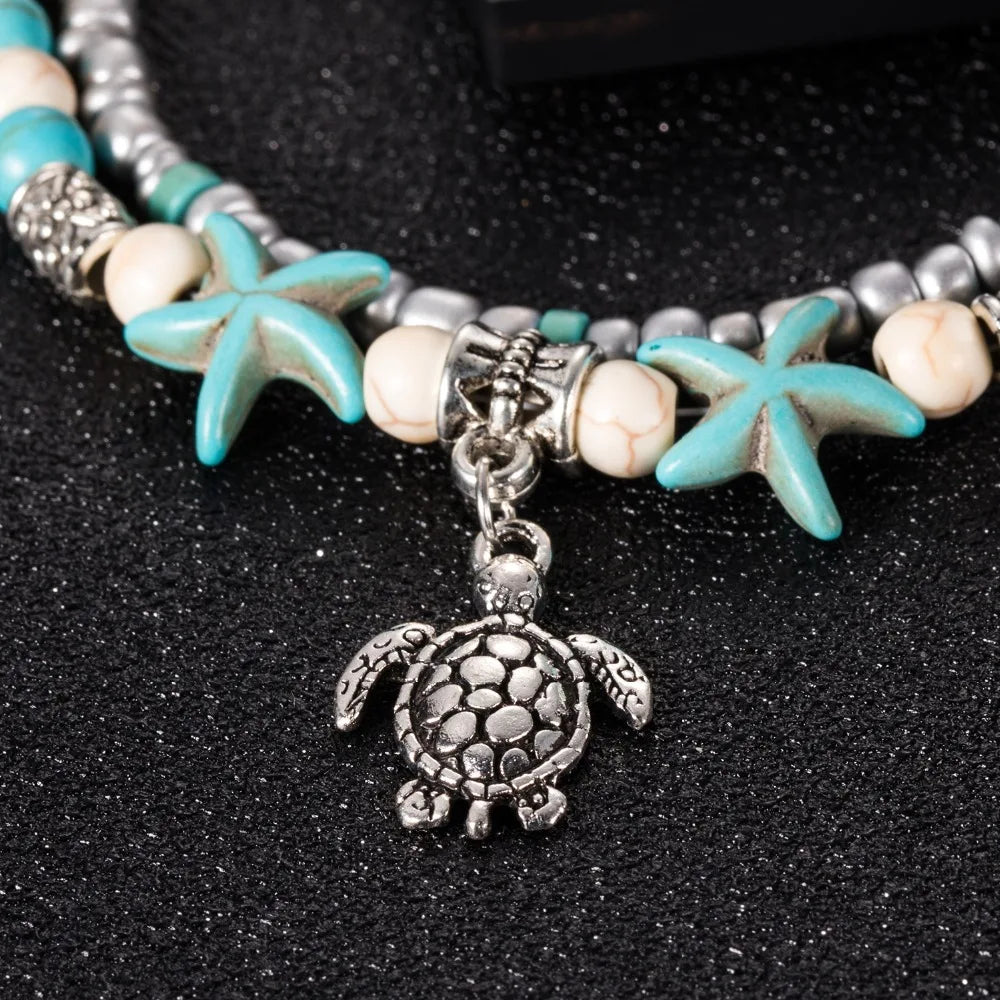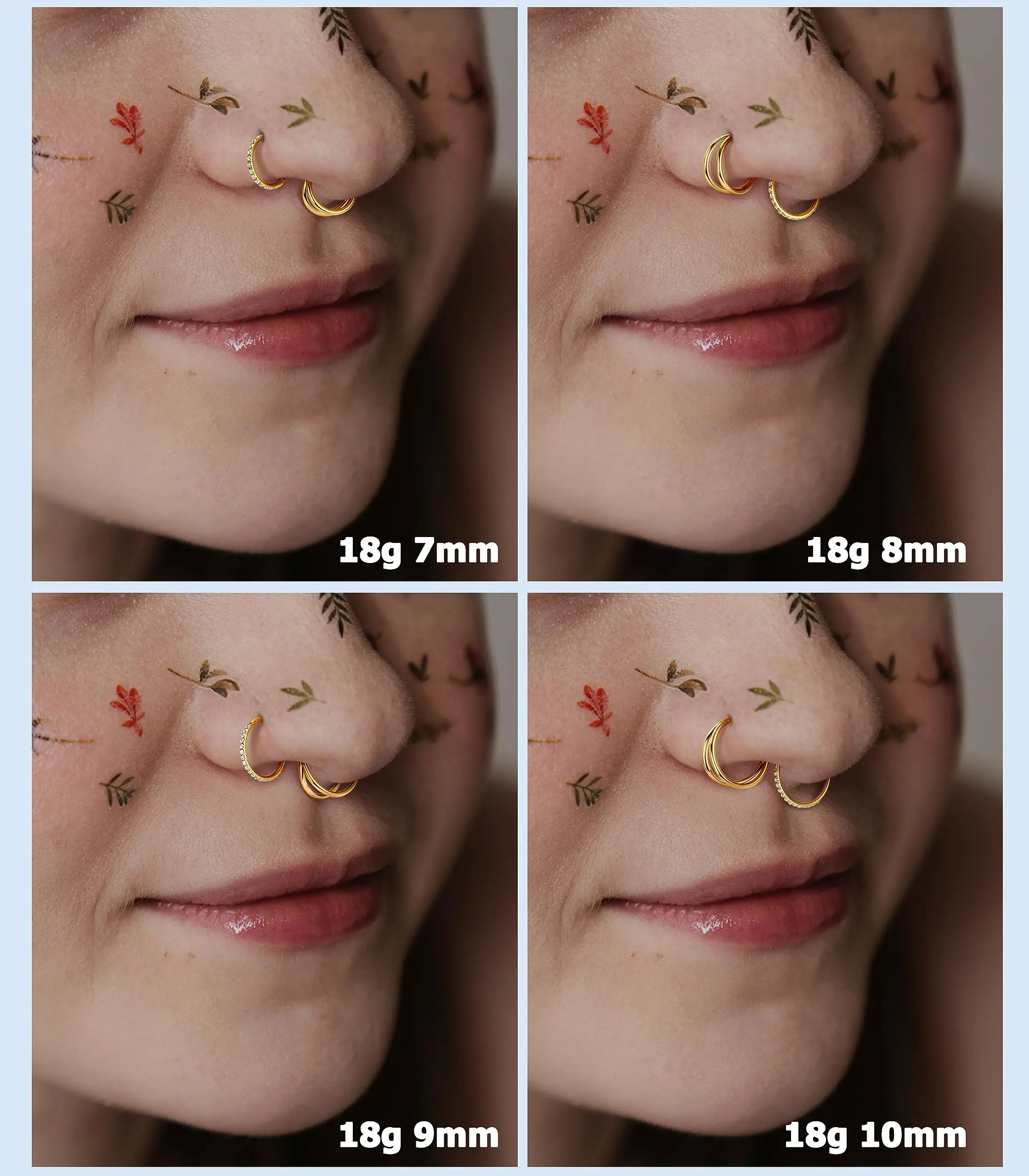Que signifie « knock down » en voile ?
Que signifie Knock Down en voile ?
Terminologie de la voile : Knock Down
Dans le monde de la voile, le terme « knock down » désigne une situation dans laquelle un voilier est frappé par une forte rafale de vent et est contraint de pencher d'un côté, parfois au point de chavirer. Cela peut se produire de manière inattendue et représente un risque important pour l'équipage et le bateau lui-même. Un renversement peut se produire en raison de divers facteurs tels que des changements soudains de direction et de vitesse du vent, des conditions de mer difficiles ou une mauvaise manipulation des voiles.
Lorsqu'un voilier subit un choc, le mât et le gréement sont soumis à des contraintes extrêmes et peuvent parfois se casser. Les membres de l'équipage peuvent également perdre l'équilibre ou même tomber par-dessus bord s'ils ne sont pas correctement attachés. Il est essentiel que les marins soient préparés aux chocs et qu'ils réagissent rapidement et de manière appropriée pour minimiser les dommages et assurer la sécurité de l'équipage.

























